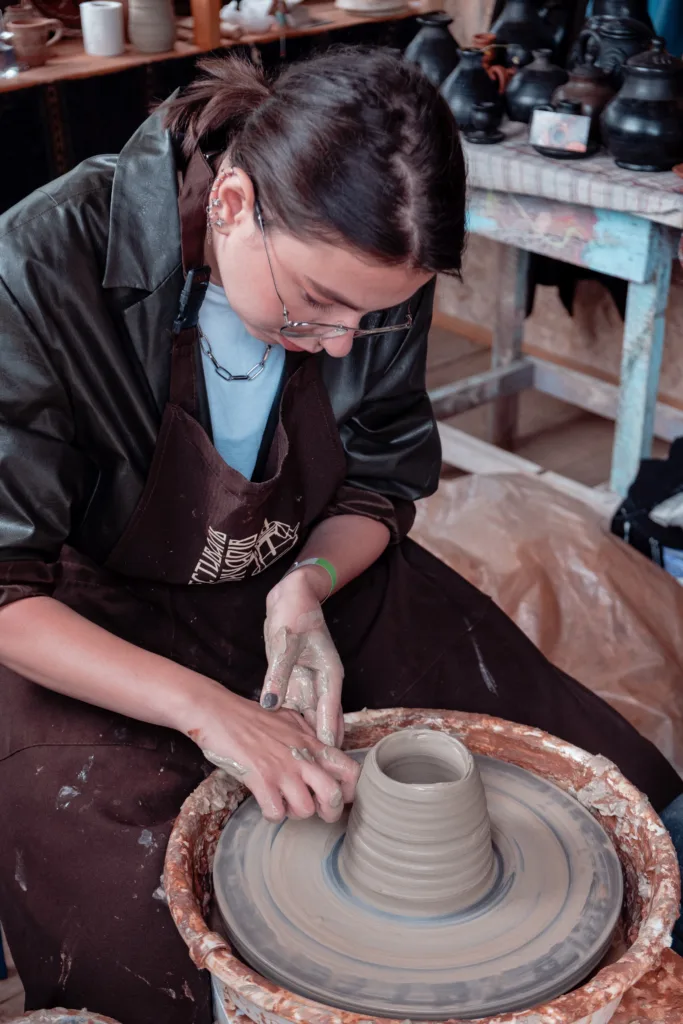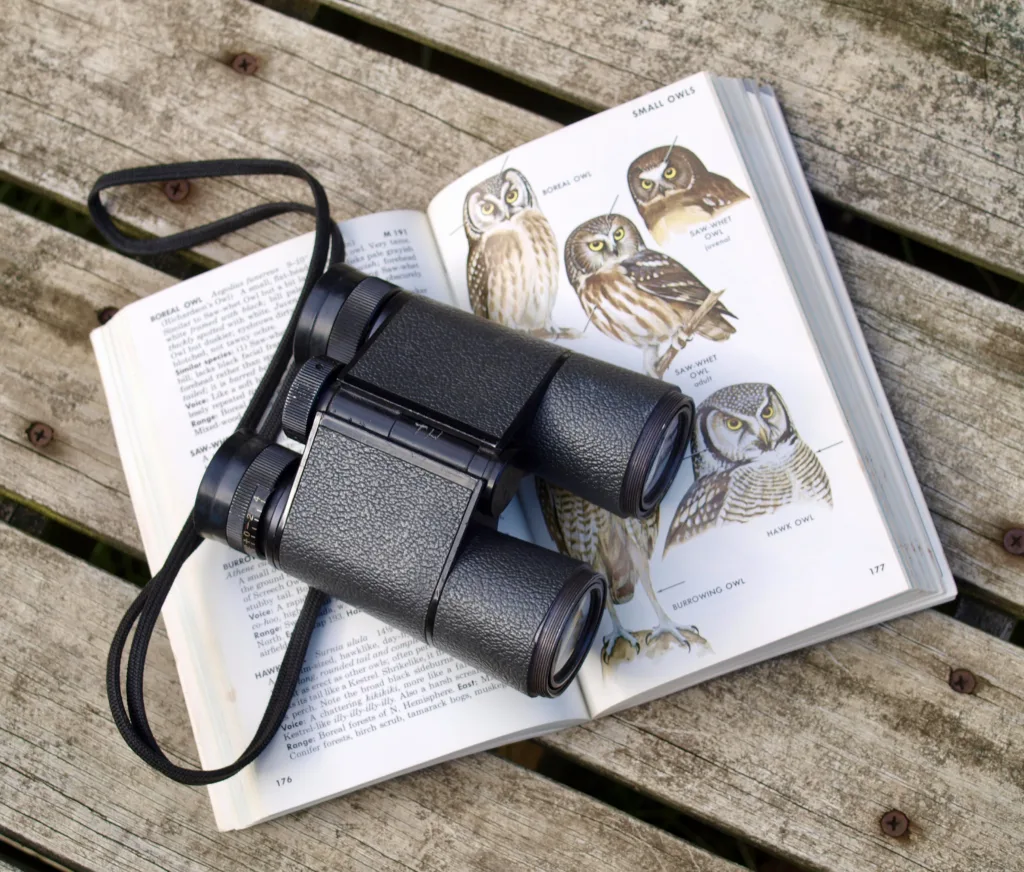Interests are the activities or hobbies that individuals enjoy engaging in durig their free time. They provide a break from the daily routine of work and can help individuals maintain a healthy work-life balance. It is important to include interests on your resume as they provide employers with an insight into your personality, skills, and potential fit within the company culture. Here are some examples of interests that can be included on your resume:
Crafting- Crafting is a popular hobby that involves creating handmade items using a variety of materials. This interest shows employers that you are creative, patient, and have attention to detail. It also demonstrates your ability to work with your hands and your artistic skills.
Reading- Reading is a common interest that can be enjoyed by anyone. It shows that you are intellectually curious, have a passion for learning, and are able to communicate effectively through writing. Reading also indicates that you are able to concentrate for extended periods of time and have strong analytical skills.
Sports- Sports are a great way to stay physically active and can teach individuals valuable skills such as teamwork, communication, and leadership. Including sports on your resume shows that you are competitive, disciplined, and have a strong work ethic. It also indicates that you are able to work well under pressure and are committed to achieving your goals.
Volunteering- Volunteering is a selfless activity that involves giving back to the community. It shows employers that you are compassionate, empathetic, and have strong interpersonal skills. Volunteering also demonstrates your ability to work with others towards a common goal and your dedication to making a positive impact in the world.
Cooking- Cooking is a creative hobby that involves preparing meals using a variety of ingredients and techniques. It shows that you are organized, detail-oriented, and able to multitask. Cooking also indicates that you are able to follow instructions and have a passion for exploring new flavors and cuisines.
Including interests on your resume can provide employers with valuable insights into your personality, skills, and potential fit within the company culture. When choosing interests to include, it is important to consider how they add value to your application and showcase your strengths as a candidate. By being strategic in your selection, you can make a strong impression on potential employers and increase your chances of landing the job.
Examples of Interests
Interests are the activities that someone enjoys ding in their free time. These can range from hobbies and sports to artistic expression and personal development. Here are some examples of interests that people may have:
– Crafts: Many people enjoy sewing, embroidery, or scrapbooking as a way to express their creativity and make something with their hands.
– Cooking and baking: Some people love to experiment in the kitchen and try out new recipes or techniques.
– Sports: Whether it’s playing on a team or just for fun, sports such as soccer, basketball, or tennis can be a great way to stay active and meet new people.
– Artistic expression: This can include painting, drawing, photography, or any other creative outlet that allows someone to express themselves.
– Leisure activities: Reading, watching movies or TV shows, or playing video games are all examples of leisure activities that people may enjoy.
– Volunteering: Many people find fulfillment in giving back to their community by volunteering their time and skills.
– Cultural activities: Attending concerts, visiting museums, or exploring different cultures through travel or cuisine can be an enriching experience.
– Spiritual practices: Some people find solace in practicing religion or spirituality, whether through meditation, prayer, or attending services.
– Traditional activities: Learning about and participating in traditional activities, such as dancing or cooking traditional dishes, can be a way to connect with one’s heritage.
– Personal development: Pursuing personal development through activities such as learning a new language, taking courses, or practicing mindfulness can help someone grow and improve themselves.
Interests can be varied and wide-ranging, and there is no limit to what someone may enjoy doing in their free time.

Writing About My Interests
When it comes to including your interests on a resume or a job application, it’s important to be strategic and intentional. Your interests can give potential employers insight into your personality, values, and even your work ethic. Here are some things to consider when deciding what to include in your interests section:
1. Show off your analytical thinking skills: If you have hobbies that require problem-solving or critical thinking, be sure to highlight them. For example, if you enjoy playing chess or solving puzzles, you can mention that in your interests section.
2. Highlight your creativity: If you have hobbies that involve creativity or artistic expression, such as playing a musical instrument, sketching or photography, be sure to include them. These hobbies can demonstrate your ability to think outside the box and approach problems in unique ways.
3. Mention any relevant design skills: If you have experience with graphic design or other types of design work, be sure to mention that in your interests section. This can be paricularly relevant if you are applying for a job in a creative field.
4. Show that you are a well-rounded person: While it’s important to highlight interests that are relevant to the job you are applying for, it’s also important to show that you have a variety of interests and are a well-rounded person. You can mention things like reading, writing, or blogging, which demonstrate that you are intellectually curious and enjoy learning new things.
The key to writing a strong interests section is to be intentional and strategic. Think about the skills and qualities that are relevant to the job you are applying for, and choose hobbies and interests that demonstrate those skills and qualities. And remember, it’s okay to show a little bit of personality – just be sure to keep it professional and relevant to the job at hand.
Listing My Interests
When it comes to listing your interests on a resume, it’s important to keep in mind that they should be relevant and appropriae to the job you’re applying for. Adding interests and hobbies in a separate section can make it easier for employers to understand your personality and get a feel for who you are outside of the workplace.
To list your interests, start by creating a separate section on your resume titled “Interests” or “Hobbies.” Then, list 3-5 interests or hobbies that showcase your skills, strengths, and personality traits. It’s important to choose relevant interests that demonstrate your ability to work well with others, think creatively, and show that you’re a well-rounded individual.
For example, if you’re applying for a job in a creative field like graphic design, you might list interests like “photography,” “illustration,” or “painting.” If you’re applying for a job in a customer service role, you might list interests like “volunteering,” “public speaking,” or “team sports.”
When listing your interests, try to be as specific as possible and avoid generic or vague descriptions. Use bullet points to break up the text and make it easy to read. Remember to keep your interests professional and avoid anything that could be seen as controversial or inappropriate. By listing your interests in a thoughtful and relevant way, you can help to showcase your unique qualities and stand out to potential employers.
Hobbies and Interests
Hobbies and interests are activities that people engage in during their leisure time. These activities are pursued purely for enjoyment purposes and not necessarily for monetary gain or professional development.
A hobby can be anything that a person enjoys doing, such as reading, painting, playing musical instruments, gardening, cooking, or hiking. Hobbies are usually pursued regularly and can become a significant part of a person’s life. They provide a sense of relaxation, satisfaction, and fulfillment, as well as an opportunity to learn new skills and meet new people.
An interest, on the other hand, is an activity that a person has an inclination towards or wants to do, but may not necessarily engage in regularly. For instance, a person may have an interest in learning a new language, but may not have the time to pursue it actively. Interests can be varied and can range from sports, traveling, collecting items, or even watching movies.
Hobbies and interests are essential in prviding individuals with an opportunity to relax, have fun, and find fulfillment outside of their work or daily routine. They also help individuals in developing new skills, meeting new people, and broadening their horizons.

Conclusion
Including your interests and hobbies on your resume can be a great way to showcase your personality and potential as an employee. By including hobbies that demonstrate skills such as creativity, teamwork, and organization, you can make yourself stand out to potential employers. Some examples of interests that coud be included on your resume include artistic pursuits such as painting or writing, team sports like basketball or soccer, volunteering for community organizations, or pursuing personal development through learning or spiritual practices. It’s important to choose interests that are relevant to the position you are applying for and that highlight your strengths as a candidate. Remember, including interests on your resume is not a requirement, but it can be a valuable tool in making you a more well-rounded and interesting candidate to potential employers.
